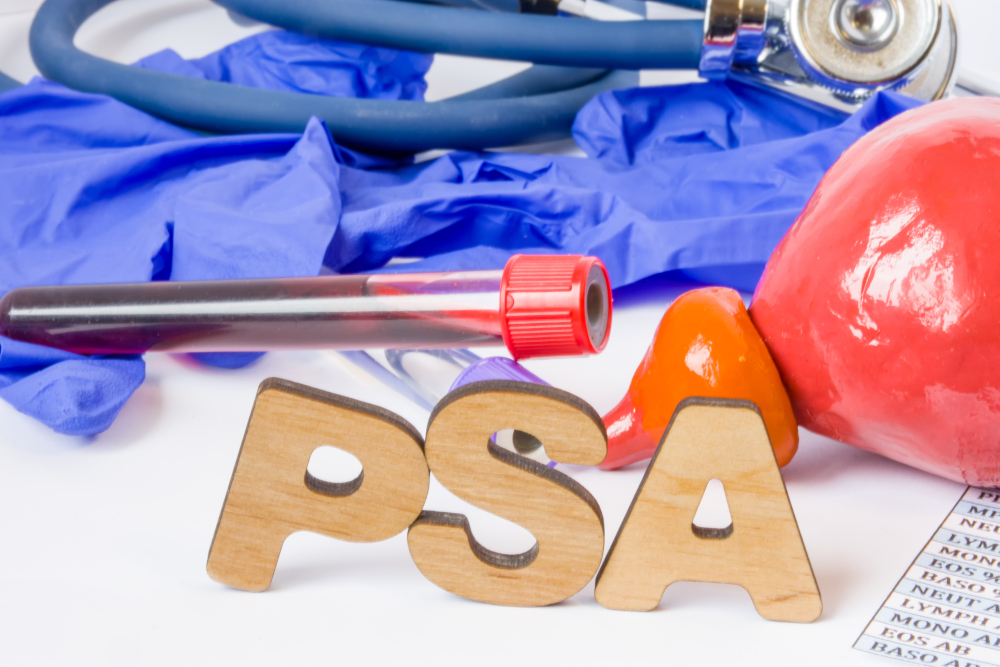Under what circumstances should you be examined?
Early-stage nasopharyngeal cancer may not have obvious symptoms. However, as the condition worsens and the tumor grows and spreads to surrounding tissues, the following symptoms may appear, indicating the need for further examination:
- Nasal congestion and epistaxis (nosebleeds)
- Coughing with blood
- Decreased hearing, tinnitus, or ear discharge
- Enlarged lymph nodes in the neck
- Persistent headaches, particularly severe at night
- Facial numbness
- Recurrent imaging abnormalities
- Hoarseness of voice
- Difficulty swallowing, tightness in the jaw
- Decreased energy, weight loss
If any of the above symptoms persist for more than two weeks, it is important to seek medical attention promptly. Your doctor may refer you to an oncologist or otolaryngologist (ear, nose, and throat specialist) for further examination.
Who is at higher risk and needs to be examined?
Nasopharyngeal cancer is one of the common cancers in Hong Kong. If you have the following high-risk factors for nasopharyngeal cancer, you should pay more attention to your health:
- Family history: Individuals with siblings or close relatives who have nasopharyngeal cancer have a higher chance of developing the disease.
- Previous Epstein-Barr (EB) virus infection: Certain individuals with specific genetic factors are at a higher risk of developing nasopharyngeal cancer if they are infected with the EB virus. However, it is also possible for nasopharyngeal cancer patients to develop immunity to other viruses due to the EB virus infection.
- Lifestyle and dietary habits: Nasopharyngeal cancer, also known as “Cantonese cancer,” is more prevalent in the southern coastal regions, possibly due to the consumption of preserved foods such as salted fish. The use of chemicals in the preservation process may have an impact when accumulated in the body over a long period.
- Gender: The incidence of nasopharyngeal cancer is about three times higher in males compared to females.
- Age: Nasopharyngeal cancer tends to occur at a younger age compared to other cancers. According to data from the Hong Kong Cancer Fund, the peak incidence of nasopharyngeal cancer is between 40 and 50 years old.
Self-Examination for Nasopharyngeal Cancer
If you suspect that you may have nasopharyngeal cancer, you can follow these steps for a simple self-examination:
- Pay attention to your ears: Do you experience persistent stuffiness or tinnitus similar to the feeling during a plane’s descent for more than two weeks? Tumors in the nasopharynx can exert pressure on the ears, causing dysfunction of the Eustachian tubes.
- Pay attention to your nose: Do you have unexplained nosebleeds or nasal congestion? Growing nasopharyngeal tumors can block the posterior nasal passage.
- Pay attention to your phlegm: Do you have blood-streaked phlegm persisting for two to three weeks? If you have such a condition for a prolonged period, it should not be taken lightly.
- Pay attention to your head: Do you experience persistent, deep, and worsening headaches, or even recurrent imaging abnormalities? The nasopharynx is located beneath the base of the skull, and when a tumor grows and affects the nerves near the skull base, it can cause various symptoms.
- Pay attention to your neck: Have you felt painless, hard, immobile lumps in your neck, or have they not decreased in size for more than two weeks? The lymph nodes in the neck are susceptible to the spread of nasopharyngeal cancer cells.
Remember, self-examination is not always accurate. If you are concerned about having nasopharyngeal cancer, it is important to seek medical attention for a more professional examination to determine if you have the disease.
Methods of Nasopharyngeal Carcinoma Examination and Common Diagnostic Items
Principle:
With the advancement of technology, the medical field has introduced “next-generation DNA sequencing technology,” which can specifically test for DNA characteristics related to nasopharyngeal carcinoma in the blood.
Function:
It can be used for early screening of nasopharyngeal carcinoma.
Suitable Candidates:
Suitable for identifying early-stage nasopharyngeal carcinoma patients. The test results can be obtained in about 3 to 7 working days and can be conducted in a clinic.
Principle:
During the examination, a long, flexible or rigid endoscope is inserted by the doctor. The endoscope has a light and a camera to obtain clear images for examining the nasal cavity, sinuses, throat, and surrounding tissues.
Function:
Since 90% of nasopharyngeal carcinomas grow on the surface of the nasal mucosa, the nasal endoscope can detect these abnormal tissues. Additionally, the nasal endoscope can also extract a small amount of tissue for laboratory testing and diagnosis of nasopharyngeal carcinoma.
Suitable Candidates:
It is recommended to undergo nasal endoscopy if the patient experiences symptoms such as recurrent nosebleeds, nasal polyps, chronic sinusitis, a sensation of foreign objects in the nasal cavity or throat, difficulty swallowing, or obstructive sleep apnea.
Principle:
Using magnetic fields and radio waves to create thin-layer images of body parts, additional specific magnetic inspections can be performed as needed. Due to the use of minimally invasive techniques, MRI provides more precise imaging compared to computer scans.
Function:
MRI can locate, determine the size, and assess the spread of tumors in nasopharyngeal carcinoma.
Suitable Situations:
It is used for further examination and staging in nasopharyngeal carcinoma patients.
Principle:
Using a higher dose of X-ray radiation, images of the internal body are captured from different angles. These images are then synthesized by a computer to display cross-sectional or even three-dimensional images, showing the condition of the nasopharynx.
Function:
CT scan provides a perspective of the nasopharynx and nearby tissues to understand the condition of the disease.
Suitable Situations:
It is used for further examination and staging in nasopharyngeal carcinoma patients.
Principle:
PET scan is one of the nuclear medicine scanning methods. It involves a whole-body or localized examination using a positron emission tomography (PET) scanner. It is currently the most effective method for evaluating tumors.
Function:
PET scan helps track early cellular changes in nasopharyngeal carcinoma, assists in locating and extracting nasopharyngeal carcinoma cell tissue for examination, detects treatment effectiveness, determines the extent of nasopharyngeal carcinoma, and detects whether cancer has spread to other parts of the body.
Suitable Situations:
It is used for further examination and staging in nasopharyngeal carcinoma patients.
Cost of Nasopharyngeal Carcinoma Examinations
| Hospital/Clinic | Examination Items | Fees |
| St. Paul’s Hospital | Blood Test (Epstein-Barr Virus Antibody Panel) | HK$750 |
| Nasal Endoscopy | From HK$1,500 | |
| Gleneagles Hospital | CT Scan (Neck/Nasopharynx) | From HK$5,540(including contrast agent) |
| MRI Scan (Neck/Nasopharynx) | HK$11,250起 (including contrast agent) | |
| Whole-body (Routine) PET Scan | From HK$16,690 |
- NoteThe above prices are for outpatient or basic ward procedures. The information was collected and updated on February 1, 2023. Please refer to the respective medical institutions for accurate pricing.
FAQ
Generally, the nasal endoscopy procedure takes only about 1 minute to complete.
Nasal endoscopy does not cause pain. If necessary, the doctor may arrange local anesthesia to minimize discomfort and pain during the examination.
- 1Smart Patient
- 2Cancer Fund
- 3Hong Kong Anti-Cancer Society
- 4Union Hospital
- 5Union Hospital
- 6Union Hospital
- 7American Cancer Society
- 8Gleneagles Hospital
- 9Mayo Clinic
- 10Hong Kong Adventist Hospital - Stubbs Road
- 11Hong Kong Sanatorium & Hospital






